Dieters usually avoid salt. One of the biggest reasons for this is misinformation. As harmful as overconsumption of salt is, underconsumption can be just as harmful.
Iodine is found in the structure of thyroxine, a hormone produced by the thyroid glands in the body. Thyroid hormone affects the rate at which the body expends energy. In the human body, a certain amount of salt in the blood is necessary for the absorption and transportation of nutrients to the cells.
Health problems such as endemic goiter, short stature, dwarfism and mental retardation can be seen due to salt deficiency. In our country, iodine deficiency and iodine deficiency-related diseases are quite common.
Especially people who do sports lose a certain amount of salt from their bodies. If this loss is not replaced, some problems may occur
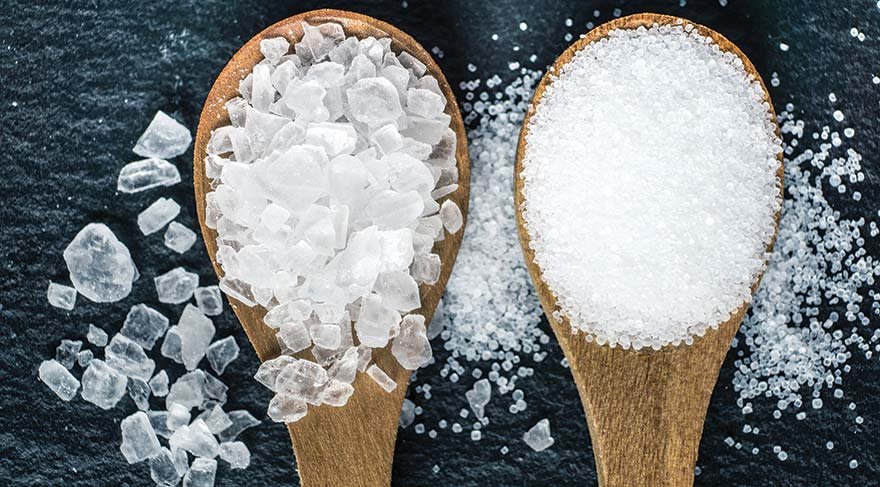
Salt, the excess of which is wanted to be excreted from the body, can cause structural differences in cells and serious disorders if there is not enough water in the body.
The daily salt requirement is around 3-5 grams for adults. Research shows that people who eat normally and do not lose salt due to diarrhea or excessive sweating due to sports do not need to add salt to their meals.
As with any substance, it is a fact that too much salt is harmful. Salt is called one of the three whites that should be avoided, but this does not mean that no salt should be consumed at all.
For this reason, it is very important to know the content of healthy and unhealthy salts on the market.
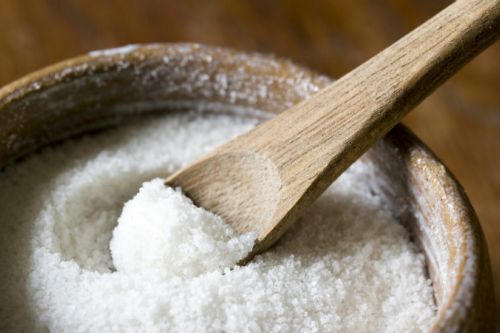
Table Salt
Table salt, also known as refined salt, is extracted from underground sources, processed at high temperatures and subjected to a large number of chemical procedures. The heat treatment during processing disrupts the crystalline structure of the salt and causes it to change into a different molecular structure.
Many different chemicals are added to table salt to prevent clumping. These chemicals can contain aluminum, and recent research shows that aluminum intake can cause many neurological diseases, especially Alzheimer’s.
In addition, table salt, which contains a lot of sodium, is very unhealthy compared to other salts and is not recommended for use by experts.
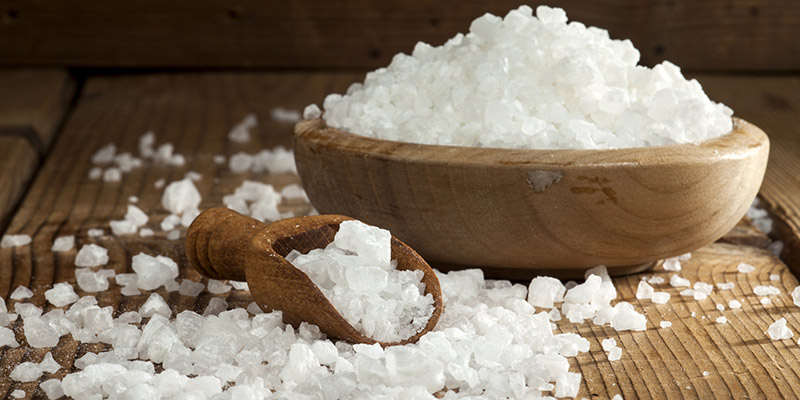
Rock Salt
Rock salt is the natural and solid salt masses found deep underground. This salt, which contains 84 different minerals other than sodium and chloride in its composition, is a type of salt that has the power to meet the minerals needed by the human body alone.
While most of the rock salts are used in chemistry and industry, only 3% of them are used for nutritional purposes.
This salt, which is frequently used in the diet of athletes, is famous for not causing edema.
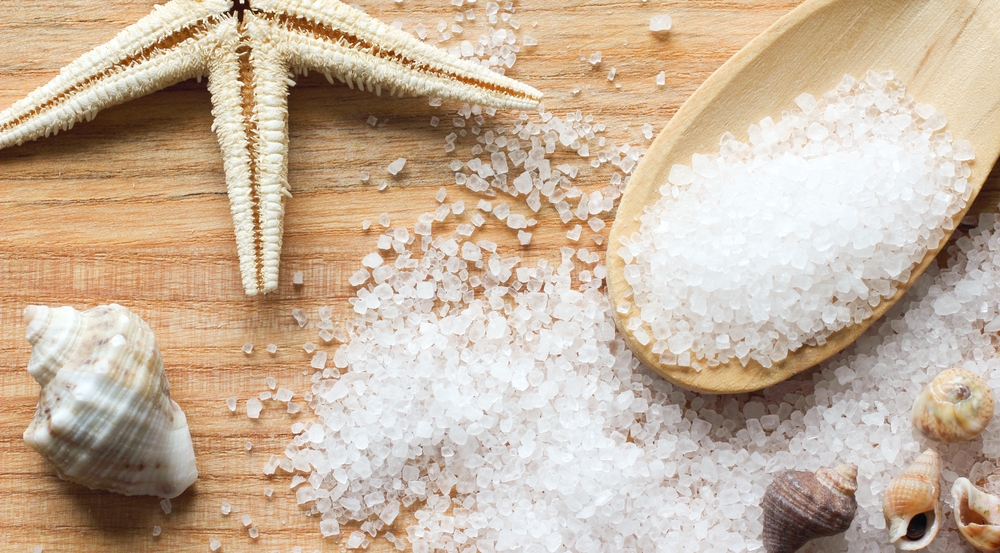
Sea Salt
Sea salt, which is usually produced by evaporation of saltwater lakes, sea and ocean waters or by filtering minerals from the sea, is a good alternative for athletes. It has a similar sodium chloride content to table salt, but its unrefined nature and rich mineral content make sea salt more preferable.
In addition to sodium, sea salt contains more than 90 different elements such as zinc, magnesium and iron. These substances also give sea salt the necessary flavor and taste.
However, sea salt also has some risks. The reasons for this are purely environmental conditions. Polluted water sources also pollute the salt obtained from them. Especially salt from polluted seas may contain heavy metals and even plastic residues that cause hormone disorders.
For this reason, if sea salt is to be used, it is essential to know the conditions under which it comes from and to be a good label reader.
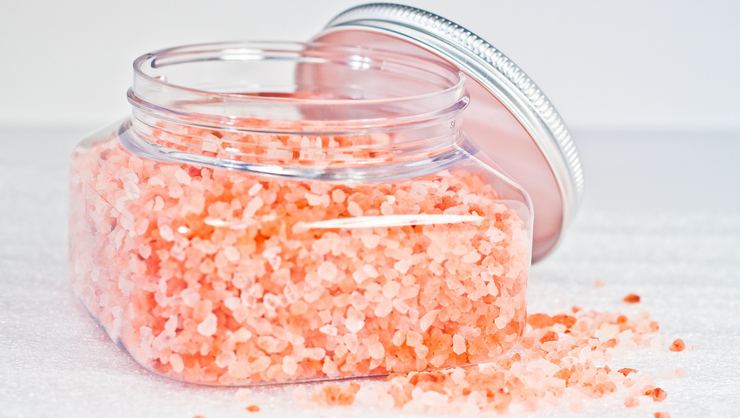
Himalayan Salt
When you think of Himalayan salt, the color pink immediately comes to mind. This salt is pink due to oxidation, has a milder taste and is a very valuable type of salt extracted from the salt deposits in the Himalayan mountains.
The reason why it is so valuable is that it contains about 60 elements such as phosphorus, calcium, potassium, iron, magnesium, zinc, selenium, copper, bromine, zirconium and iodine in addition to sodium.
Himalayan salt regulates blood flow and volume. Its sodium content helps the transmission of information to the nervous system and muscle contractions. In short, it can be said that this salt is used for detoxifying the human body.
Unless it is fake, himalayan salts are among the salt types that do not contain harmful substances to the body. This is because the salt bed is quite old.
The low sodium content also means more salt consumption for many ‘salt lovers’. If you are someone who cannot give up salt consumption, Himalayan salt may be a good choice for less harm.
